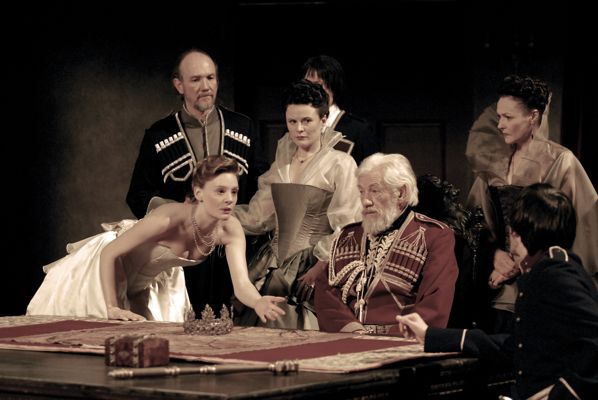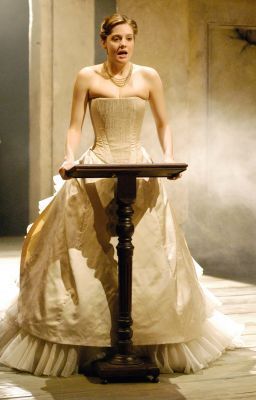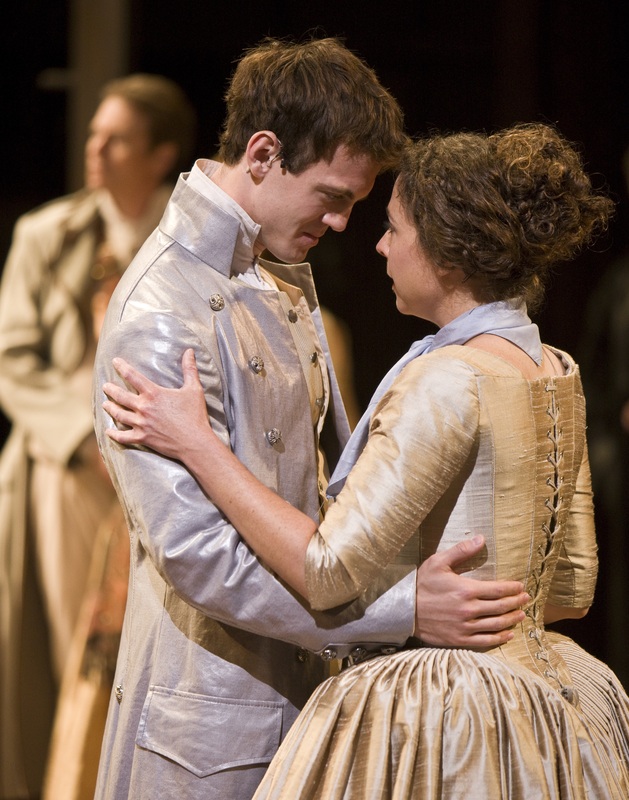Notes from Nayra's Essay
Myra Glazer Schotz claims that in King Lear, Shakespeare presents 'the absence of the feminine principle to act as symbolic and psychological counterbalance to male authority.' How far do you agree.
- Feminine principle used to ascribe values such as patience, passivity, moderation and compassion to one side of the gender binary.
- Gender is dichotomus and the male and female are antithetical polar opposites.
- The absence of the mother in King Lear means that there is an in depth analysis of paternalistic societies and patriarchal father-daughter relationships
- Renaissance England was preoccupied with matter such as the radical and unusual position of Elizabeth I as queen and the way it triggered a national examination of previously established definitions of femininity and masculinity.
- Guibbory writes about tensions due to the 'submission to the female' and meant that many men of the time nursed private hopes to 'reassert male supremacy'
- Publication of Haec-Vor allowed a public examination of definitions of femininity and masculinity. John Knox's 'The First Blase of the Trumpet Against the Monstrous Regiment of Women' which simply attacked gender roles such as the new kind of equality created by the development of the 'companionate marriage'
- Elizabeth I was able to alternate the gender roles dependent on the social climate she was in eg. in a speech at Tilbury in 1588- 'I know I have the body of a weak, feeble woman"

- The rise in articulation of feminine principles resulted in the violent punishment and policing of women. Done with devices such as Scold's bridle with the sole purpose of suppressing female verbosity.
- Connotations of female speech = promiscuity and sexual looseness
- The blatant depiction of the imbalanced power ratio between Lear and the remainder of the characters in society. Implies that the oppression of the feminine principle is caused by the intensely patriarchal autocratic society led by Lear
- Emphatic positioning of an overtly male centered scene in 1.1 at the start of the play serves to indicate the gender priority hierarchy that exists within the natural order of the universe.
- Male characters use the same lexicon of measurement as Lear. Symbolises different facets of the male principle such as ambition and the conventionally masculine yearning for material wealth.
- Lear's references to his daughters as 'depositories' informs the audience of prioritising of the material over the metaphysical.
- By placing the men at the heart of politics WS, merely maintaining realism. Harold Bloom writes: WS captures the v. essence of human condition an almost photorealistic snapshot of the human experience therefore there is no implied or intended criticism but a mere documentation and recording of universal phenomenon

- France's order degrades Cordelia and as a result the feminine principle by defining it through its aesthetic virtues: 'fair' connotes innocence but overlooks the more important feminine values of humility, generosity, moderation and selflessness thus underestimating her value
- Lear's anger: "Come not between the dragon and his wrath"- Lear's displays of hyper-masculine anger
- Affinity with masculine anger + lack of control over 'choleric' tendencies that suggest a counterbalancing force to make him exercise rationality.
- Lear's rashness= stem from him psychologically limiting himself to the adherence of male principles.
- R + G actively assume male personas= Much Ado About Nothing- Beatrice appropriates male speech by indulging in military language + the repetition of cuckold jokes such as when she proclaims: "the devil meet, like a old cuckold with horns on his head". Beatrice does not deny her femininity- aware of her limitations while G + R revel in pushing the boundaries.
- Renaissance man= cultured, well versed in arts and science. Renaissance woman= tender, sweet and graceful

- R + G transgression of gender binary shown through animalistic imagery.
- Karen Newman = Renaissance tropes of femininity defined through Biblical roles women were expected to fulfill. As shown in Ephesians 6:22-25 "Wives, be subject to your husbands' as force in moulding tropes of submissiveness, obedience and subservience." Rise of religious observation following Caxton's invention of the printing press and Luther's encouragement of the translation of the Bible
- Cordelia derives from the Greek for 'heart'
- 4.4 C echoes the words of Christ, the epitome of compassion and self sacrifice. Allusions to C affinity with nature. Emblem of femininity as it strengthens the link between her and the fertile, nurturing values of Mother Nature
- L addresses A + C as his 'beloved sons' + infer that L has a subliminal distrust of women

- Cordelia is a lucid and visible example of the presence of the feminine principle
- Not only C that acts as a counter balance but also K + F. Both characters are male yet embody similar qualities as the tradition feminine principle of loyalty and assistance.
- 4.1 'power to shake my manhood'. 'Power' exposes the fearful tension felt by Lear stripping away of his masculinity
- Kahn : "what the play depicts, of course, is the failure of that presence: the failure of a father's power to command love in a patriarchal world and the emotional penalty he pays for wielding power.'
- Last scene illustrates a profound modesty - physically rejects remnants of his authority by showing his willingness to kneel down.
- Cordelia's altruism deemed as antifeminist by a modern audience. Germaine Greer in 'The Female Eunuch' - "The altruism of women is merely the in authenticity of the feminine person carried over into behavior."






No comments:
Post a Comment